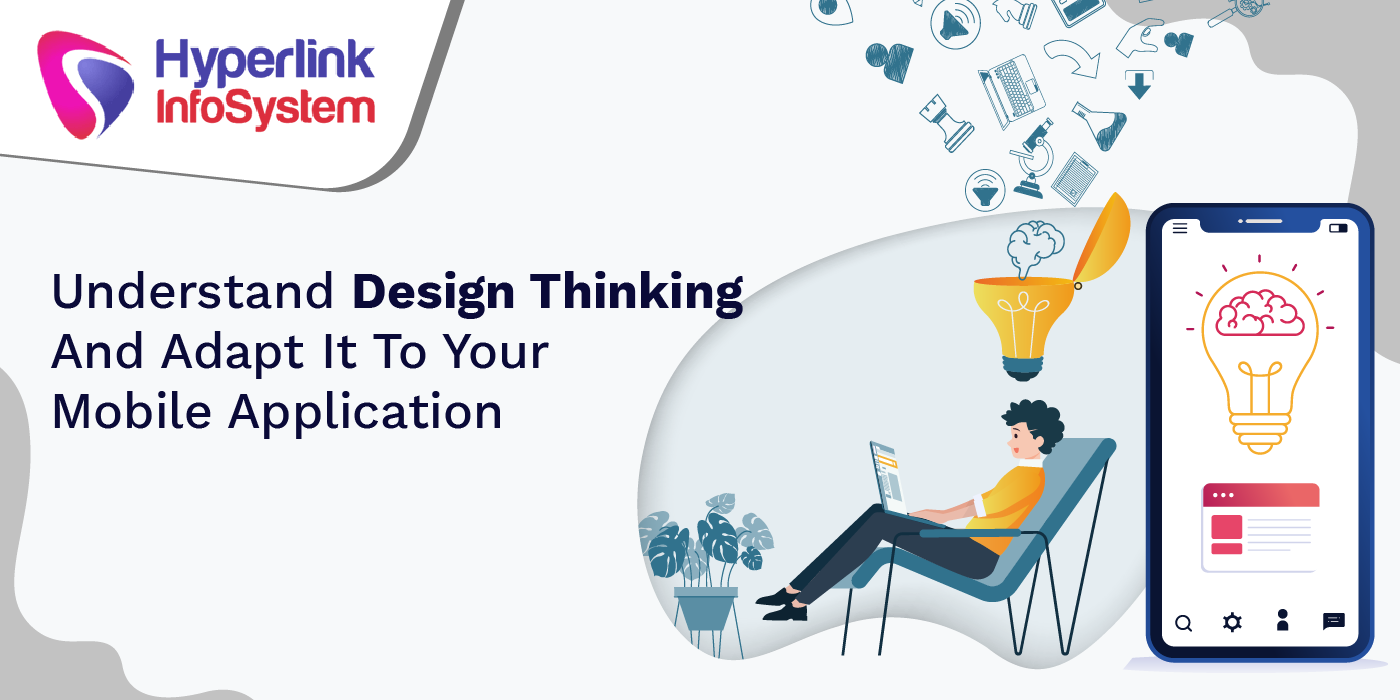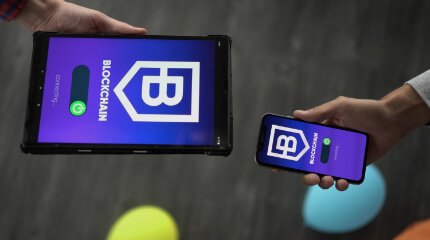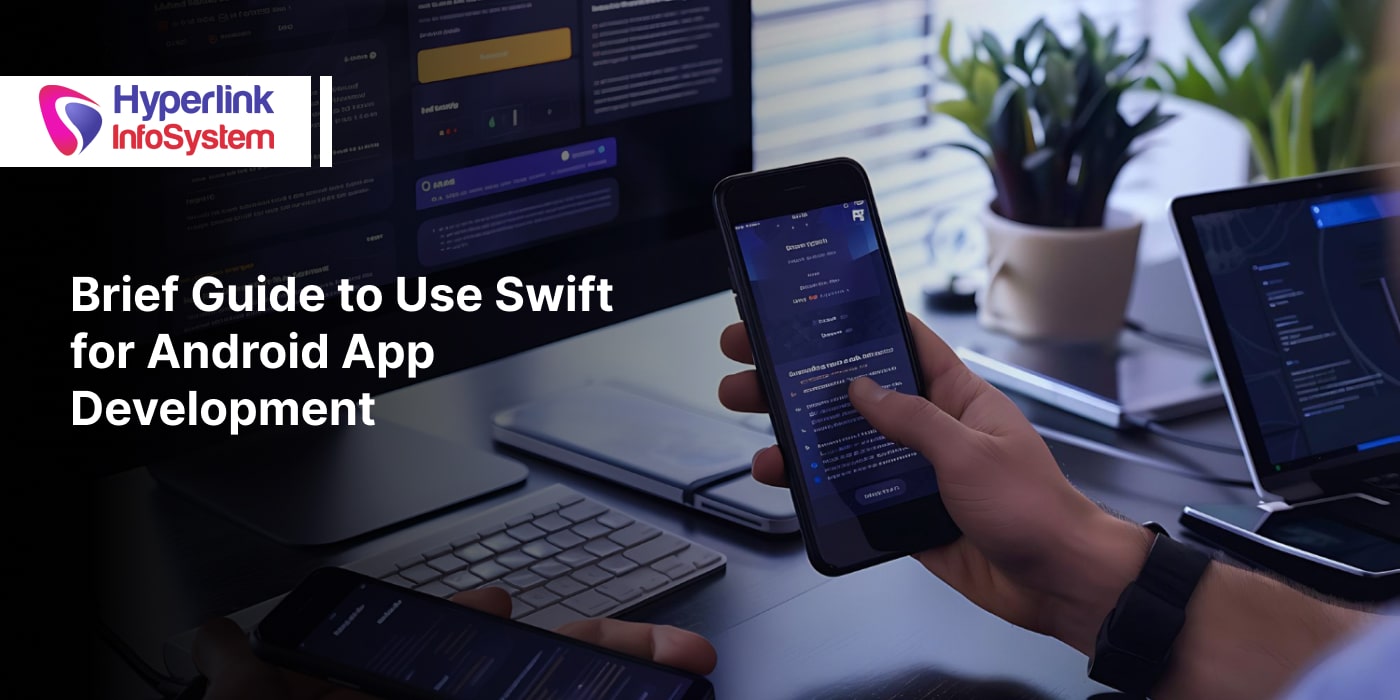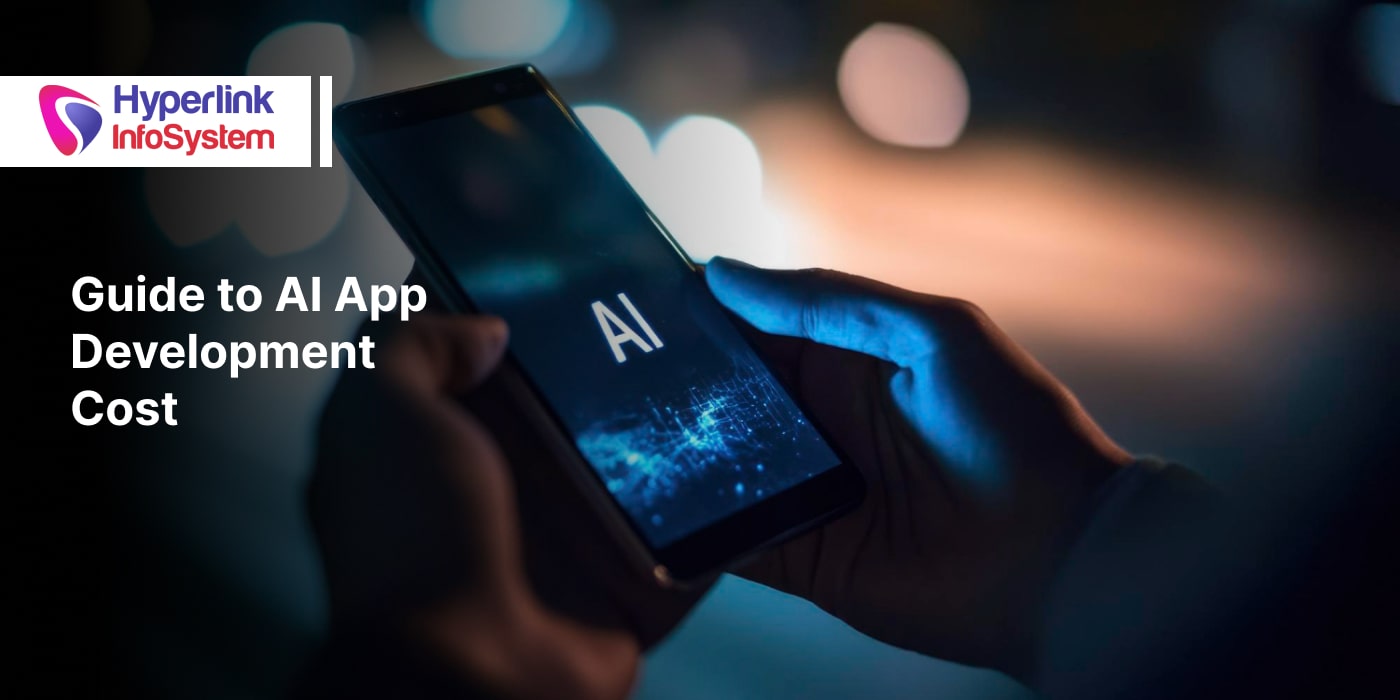�
Design thinking is one of the three pillars of Lean UX. This approach is increasingly used by
app development companies wishing to optimize their conversion rate through innovation and the constant improvement of the customer experience. Because today, experience takes precedence over the product or service itself; this method is perfectly suited to start-ups, digital agencies and more generally, to the world of mobile applications.
The Design Thinking process of application creation
Before having a concrete overview of its operation, it is necessary to go through the different stages that make it up. Like any creative process, it is not set in stone and the number of stages varies.
1. Empathy. This step is one of the most important because it consists of understanding the users. This means that you have to get to know them through interviews and observations. This is to assimilate the way they can potentially interact with the product.
2. Definition. From understanding the expectations and the modes of use, you can identify the problem to be solved, start to formulate hypotheses, synthesize the information gathered while keeping the user at the center of reflection.
3. Ideate. This is an exploration phase during which the objective is to generate as many ideas as possible to meet the needs of users. Several methods exist, the best known of which: brainstorming and benchmarking.
4. Prototype. During this stage, the appdevelopers design wireframes, models or prototypes after having crossed and refined the ideas retained. The objective is to format the project, build it to test it.
5. Test. Finally, users will be able to directly test the product. This step shows you how they interact; if this type of use corresponds to what you envisage or if on the contrary, you will have to refine, crop or flatten certain ideas. The test also identifies whether the product meets the need defined at the start of the journey.
Adapting your mobile app to the users
There are various factors to consider to ensure that your app is well developed for the target audience. Employing the wrong approach can affect you dearly. Considering the factors below, you should be assured that your app will be a success:
Discover the user
In order to identify the right problems; you must put yourself in the shoes of the users for whom you are designing the mobile application. For this, several methods exist and contribute effectively to strengthening your relationship with users.
Field studies
This involves observing how a person uses products similar to yours in natural conditions (house, store, etc.). Through this collection of information, you will be able to know the context of use, their physical and emotional needs or their main constraints. You can supplement this observation with a series of questions intended to better understand current usage.
Personas
Personas are characters corresponding to different types of users and representative of the targets that one wishes to reach. They take the form of fact sheets composed of invented data (civil status, photography, etc.). And realistic data from your research (motivations, needs, contexts, etc.). The personas play an important role in the design and make it possible to conceive a product adapted to the expectations of the profiles described.
Mapping the experience
This involves tracking the user's journey and closely monitoring their interaction with the product. (what he accomplishes at each stage of the journey, what he does quickly, what he has difficulty understanding at first glance, etc.). Taking the form of a large diagram describing all of these behaviors, problems encountered, black spots and tasks performed; the map serves as the basis for the design phase and helps you understand how the user feels before, during and after using the application.
Interviews
UX experts agree that there is nothing better than direct contact with the user to understand this. With interviews, you can ask them as many questions as you want, let them use your prototypes and record their responses.
Heat maps
Heat maps allow you to quickly view the areas of the application where users are most active. The statistics provided by the panel observed take the form of a set of colored tasks representing the places that users avoid and those where they focus all their attention. This method often highlights behaviors different from those envisaged.
Swarming with ideas
Another way to define your product is to explore all the possibilities available to you. For this, all project stakeholders must be involved in order to generate as many ideas as possible. This ideation phase is when ideas really start to take shape. Once completed, the goal will be to sort, structure and decide which items to keep or throw away.

























